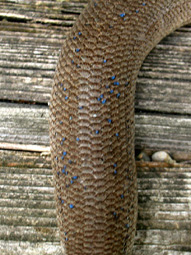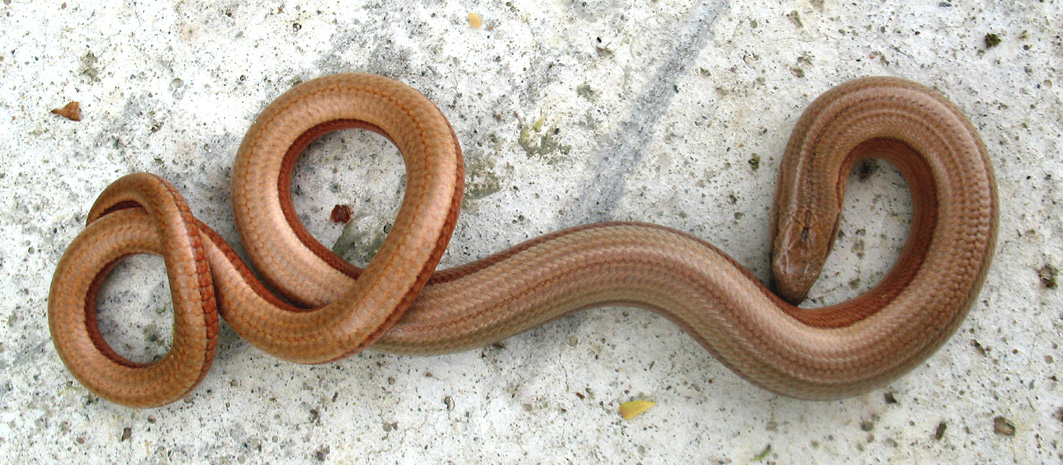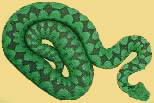 |
Green
Lizard
Slow Worm
Details
Albums
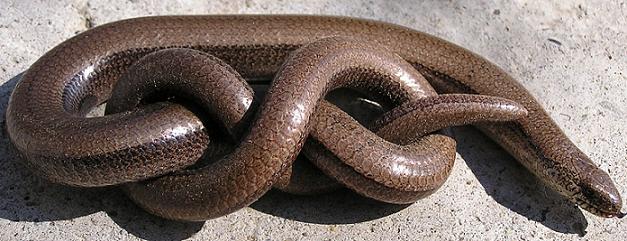
|
Adults are usually around 50 cm, but can be longer. Tail is longer than body (head to cloaca), but often is shorter because it breaks of easily and rarely regenerates. Scales are very smooth, looks like a snake (no outer traces of limbs!). Back is brown, grey or reddish-coper. Females and young often have a dark narrow stripe above the spine. Flanks and bellies of females are somewhat darker. Back of young are golden, creme or grey with very dark flanks and belly.
Likes habitats with good vegetation (dense and tall grass, bushes...) and moisture, but not wet habitats. Has a tendency to "disapear" during very hot and dry weather. Spends most of its time under dense vegetation and its roots and under loose soil. Otherwise very slow moving and secretive, encountered often after rain and even in tmperatures under 15*C. Sometimes basks directly, especially gravid females, but more often under vegetation(cut grass...), tins, mats and rocks (most often found when turning these over). Can hibernate communally with other reptiles. Rarely bites when handled, but thrashes a lot (very easy for them to lose their tails that way) and voids bowel contents.
Feeds on small snails and slugs, earthworms, invertebrates and sometimes even small reptiles.
During mating season males fight fiercly for females (leaves scars for some time afterwards). During mating they hold the females by the head or neck and they twine their bodies. Females often breed every other year and bask more when they're gravid. After 2-3 months they give birth to 6-12 (3-26) live young (no eggs!).
Lives 10-15 years in the wild.
DID YOU KNOW:
* They can reach densities of 600-2000 animals per hectare
* One lived 54 years in captivity.
* Some need only one blade of grass to feel secure and then they don't run away because they think that they cannot be seen (even though the rest of their body is clearly visible).
* In some places (S France, Monte Negro)they appear to live in small "familys" (parents + several young).
Colour variations:
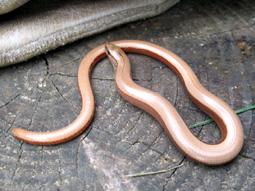
from pale orange to dark
brown, almost black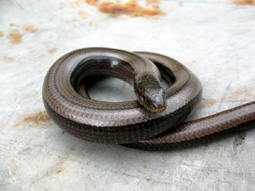
males can have blue dots: